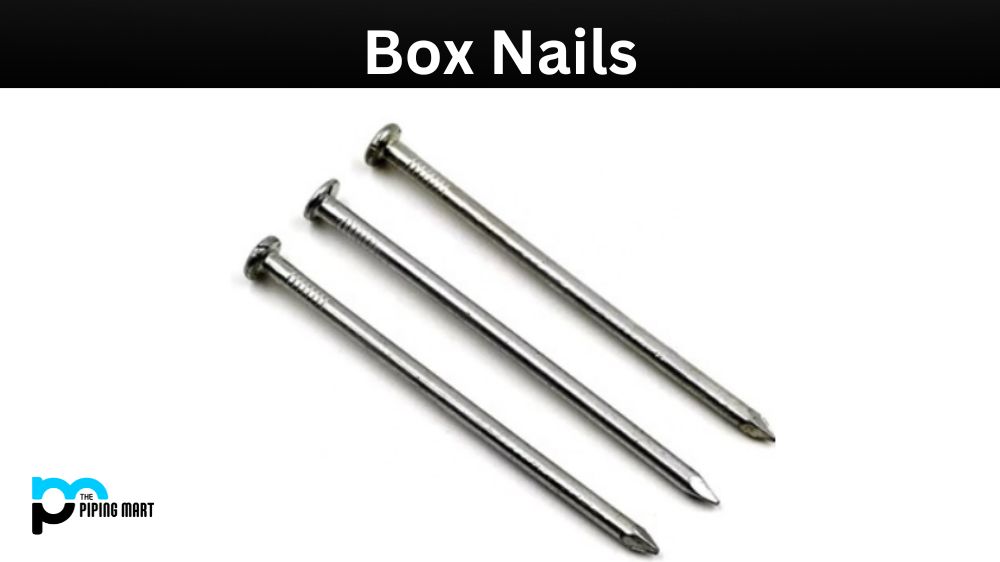If you’re new to DIY projects, the difference between a lag screw and a lag bolt might not be immediately apparent. But it’s essential to understand the differences to choose the best type of fastener for your project. Here’s what you need to know about every kind of fastener and when they should be used.
What is a Lag Screw?
A lag screw is designed to be driven into wood with a wrench or socket. It has threads on its entire shank length, and it usually has flat ends (although some have pointed ends). It can also have hexagonal or square heads. Lag screws are used to secure heavy objects such as decks and posts into the wood, and they are often used in place of nails or bolts because they provide greater strength.
What is a Lag Bolt?
A lag bolt is designed to be driven into wood with a wrench or socket but has fewer threads than a lag screw. The lines stop at the head of the bolt, so there is no threading along its entire length. A lag bolt typically has a hexagonal head, although some have square heads. These bolts are usually used for heavier applications such as securing large beams into place or attaching posts to foundations. They can also be used for lighter applications like securing cabinets or hanging items on walls.
Difference Between Lag Screw and Lag Bolt
- A lag screw is a type of screw that is used to attach two pieces of wood together.
- A lag bolt is a type of bolt that is used to attach two pieces of wood together.
- Lag screws are typically longer than lag bolts.
- Lag screws are typically used in applications where the joint will be subject to shearing forces, such as in a door hinge.
- Lag bolts are typically used in applications where the joint will be subject to tension forces, such as in a deck railing.
- Lag screws are typically driven into place with a wrench, while lag bolts are typically driven into place with a socket wrench.
- Lag screws are typically removed by unscrewing them with a wrench, while lag bolts are typically removed by unbolting them with a socket wrench.
- Lag screws and bolts are fasteners that attach two pieces of wood together.
Conclusion:
Lag screws and bolts are valuable tools for any DIYer looking to construct something that requires more than just nails or screws. Knowing which is best suited for your project will ensure your construction is solid and secure. For most applications, either type of fastener will do the job—but if you’re dealing with heavier loads, you should opt for the lag bolt instead of the lag screw. Keep these tips in mind when selecting your fasteners!

Abhishek is a seasoned blogger and industry expert, sharing his insights and knowledge on various topics. With his research, Abhishek offers valuable insights and tips for professionals and enthusiasts. Follow him for expert advice on the latest trends and developments in the metal industry.




